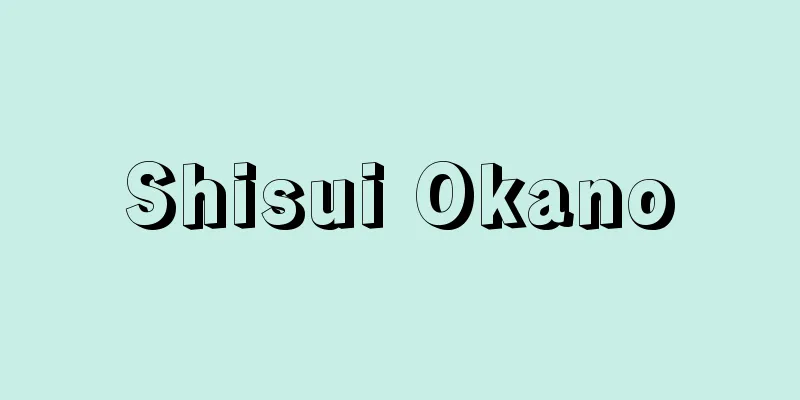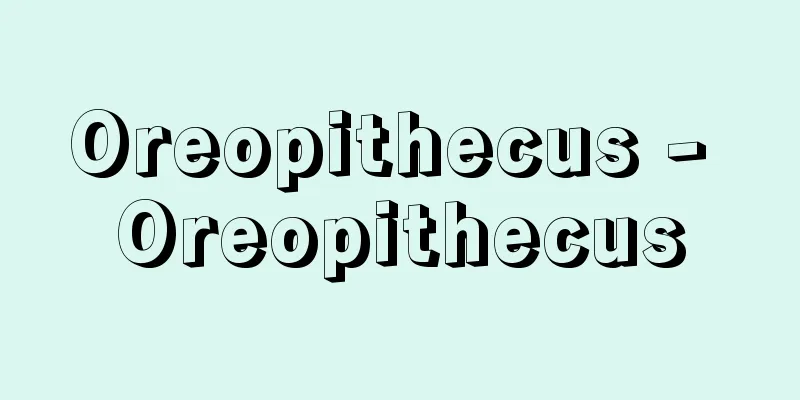Morse, Edward Sylvester

|
Year of death: 1925.12.20 (1925.12.20) Born: June 18, 1838 A foreign resident who came to Japan during the Meiji period. An American zoologist who discovered the Omori Shell Mound and spread the theory of evolution. Born in Maine, he collected shellfish from his childhood. Through this connection, he became an assistant to Louis Agassiz, the father of American zoology, and studied zoology, later becoming famous for his lectures in support of the theory of evolution. When he came to Japan in 1877 (Meiji 10) to study brachiopods (such as the oarfish), he was invited to the University of Tokyo to become its first professor of zoology in the Faculty of Science. During his two years there, he established the foundations of zoological research and founded the Biological Society of the University of Tokyo (now the Zoological Society of Japan). Sasaki Chujiro, Iijima Kai, Iwakawa Yutaro, and Ishikawa Chiyomatsu were his students. In addition to zoology, he discovered the Omori Shell Mound while on a train heading from Yokohama to Tokyo in 1877, and excavated it, opening the curtain on archaeology and anthropology in Japan. He also introduced and popularized the theory of evolution in public lectures. Furthermore, he had a great influence on Meiji Japan, advising the leaders of Tokyo University to publish the first university journal in Japan, recommending Fenollosa and Mendenhall as professors at Tokyo University, and leading to the visits of Bigelow and Lowell to Japan. Morse himself, on the other hand, became fascinated with Japanese pottery and folk implements, which changed the latter half of his life. He returned to Salem in 1882-1883 to begin collecting, and built up one of the world's leading collections at the Peabody Academy of Science (now the Peabody Museum) in Salem, where he served as director for 36 years from 1880 onwards. His collection, along with his major works The Japanese House (1886) and Japan Day by Day (1917), are invaluable materials that tell us about the lives of our ancestors. Many pro-Japanese Westerners tended to evaluate Japanese people based on Christian standards, but Morse was an extremely rare person who looked at things without any preconceptions. This is probably why he was trusted by many people and was able to leave an astonishingly diverse legacy. <Works> "Omori Shell Mound" and "Animal Evolution" (translated by Yoshiro Kondo and Makoto Sahara) <References> Naohide Isono "Morse Day by Day", Takeshi Moriya (ed.) "Morse and Japan", Waka Unuma "Hokkaido as Seen by Morse" (Naohide Isono) Source: Asahi Japanese Historical Biography: Asahi Shimbun Publications Inc. About Asahi Japanese Historical Biography |
|
没年:1925.12.20(1925.12.20) 生年:1838.6.18 明治期に来日したお雇い外国人。大森貝塚を発見し,進化論を伝えたアメリカ人動物学者。メーン州に生まれ,少年時代から貝類を採集。その縁でアメリカ動物学の父ルイ・アガシーの助手となって動物学を学び,のち進化論支持の講演で有名になる。腕足類(シャミセンガイなど)を研究する目的で明治10(1877)年に来日した折,東大に招かれて初代の理学部動物学教授となり,2年間の在職中に動物学研究の基礎を据え,東京大学生物学会(現日本動物学会)を創立した。佐々木忠次郎,飯島魁,岩川友太郎,石川千代松は弟子。動物学以外でも,明治10年横浜から東京に向かう列車内から大森貝塚を発見,これを発掘して日本の考古学と人類学の幕を開いた。また大衆講演で進化論を紹介し普及させた。さらに東大首脳に進言して日本初の大学紀要を発刊させたり,フェノロサやメンデンホールを東大教授として推薦,ビゲローとローウェルの来日も彼につながるなど,明治日本への影響は大きかった。 一方,モース自身も日本の陶器や民具に魅されて後半生が一変し,明治15~16年に再来して収集に努めるなど,1880年以後36年間も館長を勤めたセーラムのピーボディ科学アカデミー(現ピーボディ博物館)を拠点に世界有数のコレクションを作りあげた。その収集品は,主著『日本の住まい』(1886)や『日本その日その日』(1917)とともに,われわれの父祖の生活を伝える得難い資料である。親日家の欧米人も多くはキリスト教的基準で日本人を評価しがちだったなかで,モースは一切の先入観を持たずに物を見た,きわめて稀な人物だった。それゆえに人々に信用され,驚くほど多岐にわたる足跡を残せたのだろう。<著作>『大森貝塚』『動物進化論』(近藤義郎・佐原真訳)<参考文献>磯野直秀『モースその日その日』,守屋毅編『モースと日本』,鵜沼わか『モースの見た北海道』 (磯野直秀) 出典 朝日日本歴史人物事典:(株)朝日新聞出版朝日日本歴史人物事典について 情報 |
<<: Shrike (Shrike) - Shrike (English spelling)
Recommend
Administrative office - gyoseikansho
… In contrast, the second concept is that of an a...
Ozaki Yahee
...A kyoka poet from the mid-Edo period. His real...
Ibar [river] - Ibaru
...The Kosovo Plain, where Pristina is located, i...
The Industrial Bank of Japan Ltd.
One of the long-term credit banks. Established in ...
Seiichiro Katsumoto
Literary critic. Born in Tokyo. Graduated from Ke...
《Shadow in the Mirror》
...His next work, Lord Sparkenbrook (1936), is a ...
Inviolability of Property Rights - Zaisanken no Fukanshin
The principle that property rights, especially own...
《Athenian》 - Atenejin
…He was a prolific composer who also contributed ...
Abyssinia
(Abyssinia) Another name for "Ethiopia."...
Oirot Khan - Oirot Khan
...The population in 1989 was 192,000, and the ca...
Agua Caliente - Agua Caliente
…Famous shops and nightclubs line Palm Canyon Dri...
Blut-und-Boden-Dichtung
…German literature under the Nazi regime was divi...
Legend - Legend
A type of folk tale or oral literature. In Japan,...
《Grundriss der vergleichenden Grammatik der indogermanischen Sprachen》 (English notation)
…He was active together with K. Burgmann as a mem...
Incident Report
…Although there is criticism of the tendency to e...



![Volkswagen [company] - Volkswagen](/upload/images/67ccae4a748d6.webp)





